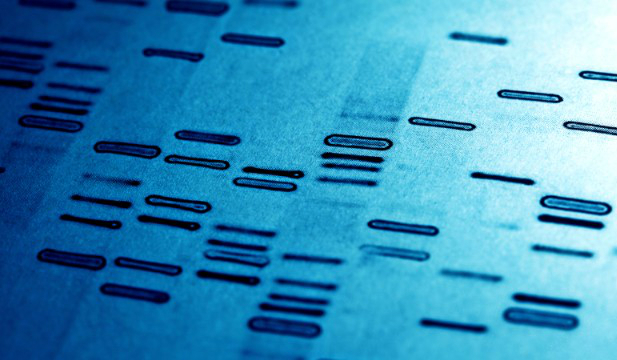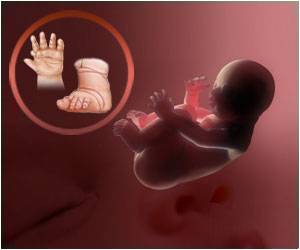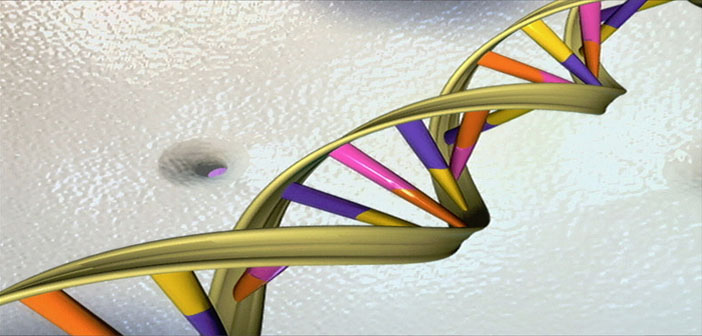
People with certain genes may be more susceptible to the fattening effects of fried food, a new study suggests.
In the research, people whose genes put them at high risk for obesity saw bigger changes in their body mass index (BMI) from eating fried food than people with a lower genetic risk for obesity.
For example, among women in the study with a high genetic risk for obesity, those who ate fried food four times a week had an average BMI that was 1 point higher compared to those who ate fried food less than once a week. That point amounts to about 6 pounds (2.7 kilograms) for a 5-foot-3 inch (1.5 meters) person. In contrast, among women with a lower genetic risk for obesity, those who ate fried food frequently had a BMI that was just 0.5 points higher than those who rarely ate fried food
The results suggest that some genes may “amplify the adverse effects of fried food consumption on body weight,” said study researcher Lu Qi, an assistant professor in the Department of Nutrition at Harvard School of Public Health.
The findings underscore the importance of eating less fried foods to prevent obesity, particularly for people who are genetically predisposed to weight gain, the researchers said.
Previously, this same group of researchers found that people’s genes affect the obesity risk they face from drinking soda.
Fried food and obesity
Previous studies have shown eating fried food increases people’s risk of obesity. However, these studies did not look at how this risk might vary depending on a person’s genes.
In the new study, researchers analyzed information from more than 37,000 men and women who took part in three large studies in the 1980s and 1990s. Every four years, participants answered questions about their food and beverage intake.
The subjects also had their genomes analyzed for the presence of any of 32 genetic markers linked to obesity. Each person received a score — based on the number and type of genetic markers the individual had — that reflected the subject’s genetic predisposition to obesity, or an obesity risk score.
Not surprisingly, those who ate fried food more frequently tended to have higher BMIs than those who ate fried food less often. But this link was strongest among those with the highest obesity-risk scores.
The people with the highest obesity-risk scores and also the most fried food consumption had the highest BMIs overall.
Fried food all right for some?
The findings held even after the researchers took into account other lifestyle factors that might affect obesity risk, such as consumption of soda and other sugar-sweetened beverages, and how much time people spent watching TV or exercising.
Still, the researchers noted that the study found only an association, and cannot prove that fried food causes obesity among people with certain genes. It’s possible that other unhealthy habits not taken into account in the study were responsible for the link.
The findings do not mean that people with a low genetic risk for obesity can overindulge in fried food, Qi said. He noted that, in the study, frequent consumption of fried food was tied to an increased risk of obesity, even for people with a low genetic risk of obesity.
In addition, fried food consumption is linked with other adverse health effects, such as an increased risk of cardiovascular disease, Qi said.
The findings support recommendations that encourage healthy eating for everyone, Qi said. In the future, it may be possible to tailor diet recommendations for people based on their genes, he said.
Source: Huffington Post










